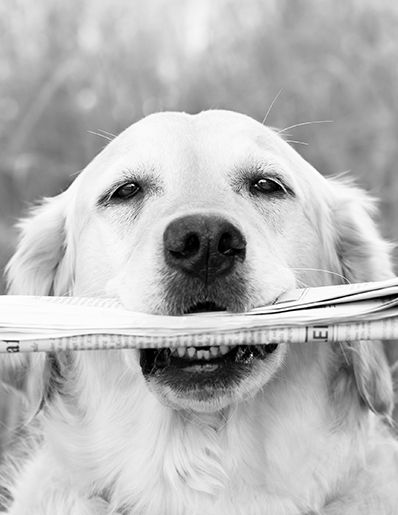Publications
Paradise Lost: No Copyright Protection for AI Works
Steven Thaler requested the United States Copyright Office to register a copyright in A Recent Entrance to Paradise, the artwork below.
He stated that the author of the work was “the Creativity Machine” and that he was the claimant in that he owned the machine. The work was created by a computer algorithm running on the machine. The question the Copyright Office had to answer: Is a work created by artificial intelligence protectable as an original work of authorship under the US copyright laws?
The Copyright Office previously refused to register the work. Now, in a detailed response, it concluded that the artwork “lacked the required human authorship” necessary to be able to register the work because there was no “sufficient creative input or intervention by a human author”.
Discussion
Thaler stated that the artwork was created without human input. He claimed that the Copyright Office’s refusal to register the work was unconstitutional, and that the Office already permits companies, which are not human beings, to register the works under the “work made for hire” doctrine. Therefore, he claimed, there should be no bar to registering the work created by the Creativity Machine.
The Copyright Office noted that the Copyright Act protects “original works of authorship”. Although the term is very broad, it is not unlimited. Therefore, court cases have repeatedly rejected attempts to extend copyright protection to non-human creations such as:
- A book “authored” by non-human spiritual beings, on the basis that “it is not creations of divine beings that the copyright laws were intended to protect”;
- A photograph taken by a monkey;
- A song naming the Holy Spirit as the author;
- A “living garden”, on the basis that a garden owes its appearance to natural forces;
- Glass-in-glass sculptures of jellyfish, on the basis that a jellyfish swimming through nature is “the common heritage of humankind, and no artist may use copyright law to prevent others from depicting them”.
The Copyright Office stated that an author can, of course, use a device, such as a computer, to create copyrightable works. This was established as far back as 1884 by the US Supreme Court which determined, in a controversial case, that a photograph of playwright Oscar Wilde taken by a camera could be protected by copyright.
But the Copyright Office reiterated that there must, however, be human expression, and that is why the Compendium of US Copyright Office Practices notes that the following are not protectable by copyright:
- A translation performed by a computer program that automatically converts text from one language into another without human intervention, because the conversion is merely a mechanical act;
- Changes to preexisting sound recordings resulting purely from a mechanical process;
- Choreography or pantomime which is not created by a human or designed to be performed by a human (and accordingly dances performed by animals, robots or machines are not protectable);
- X-rays and medical imaging, since the resulting work does not have any human intervention.
Finally, on the “work made for hire” issue, the Copyright Office noted that it must be created as a result of a binding legal contract, and the “Creativity Machine” cannot enter binding legal contracts.
Implications and Conclusions
The key takeaway is that AI cannot be an “author” of a copyrightable work. This is particularly important because no US court to date has addressed this issue.
It is now clear that if you wish to register a work created by artificial intelligence, you must ensure that there is a human contribution to the creation. Accordingly, this could mean that NFT art projects generated by code might not be protectable, and AI-created music generated by devices cannot be protected.
The holding in the copyright arena is now consistent with that of a United States patent law case in 2021 which held that a computer using artificial intelligence cannot be listed as an inventor for a patent, and that only humans can be inventors of patentable inventions.
Accordingly, creators wishing to protect AI-created works and inventions should focus on other ways to protect their intellectual property, such as by entering into contractual restrictions.
Finally, of course, Congress could choose to amend the laws and permit AI to both be an author for purposes of copyright and an inventor for purposes of a patent.
We are certain this is not the last word on this subject!







